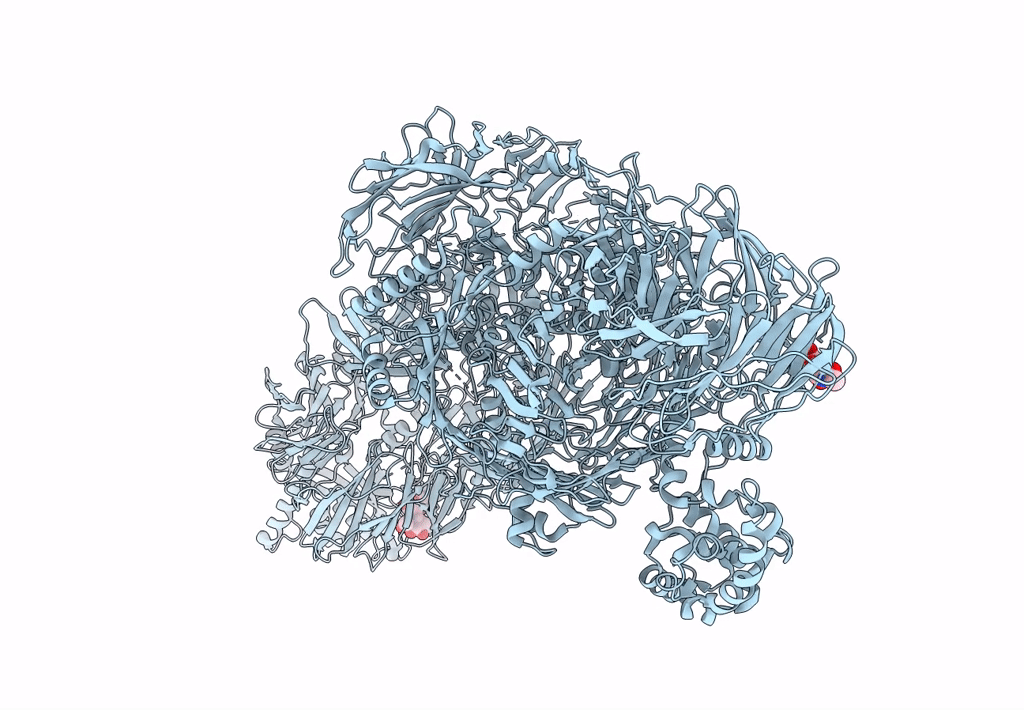
Deposition Date
2022-12-20
Release Date
2023-03-01
Last Version Date
2024-10-23
Entry Detail
PDB ID:
8FJP
Keywords:
Title:
Cryo-EM structure of native mosquito salivary gland surface protein 1 (SGS1)
Biological Source:
Source Organism:
Aedes aegypti (Taxon ID: 7159)
Method Details:
Experimental Method:
Resolution:
3.30 Å
Aggregation State:
PARTICLE
Reconstruction Method:
SINGLE PARTICLE


